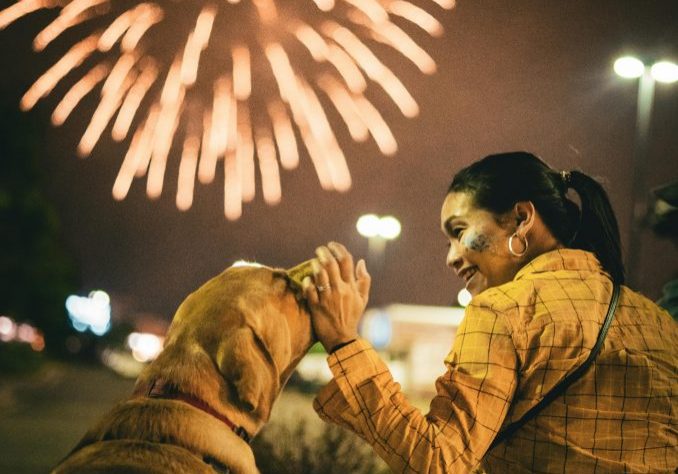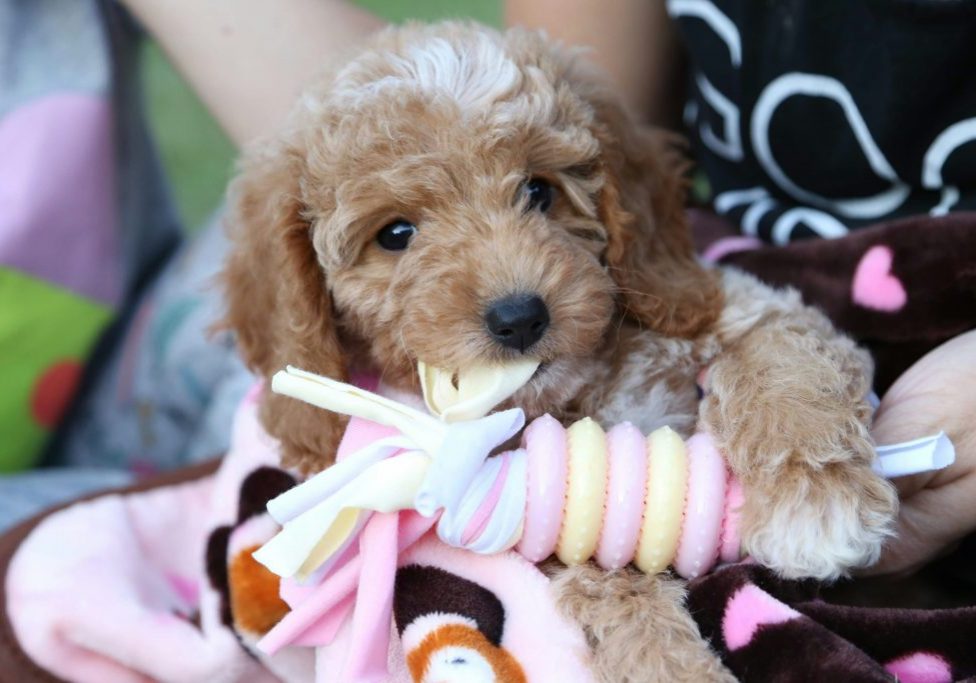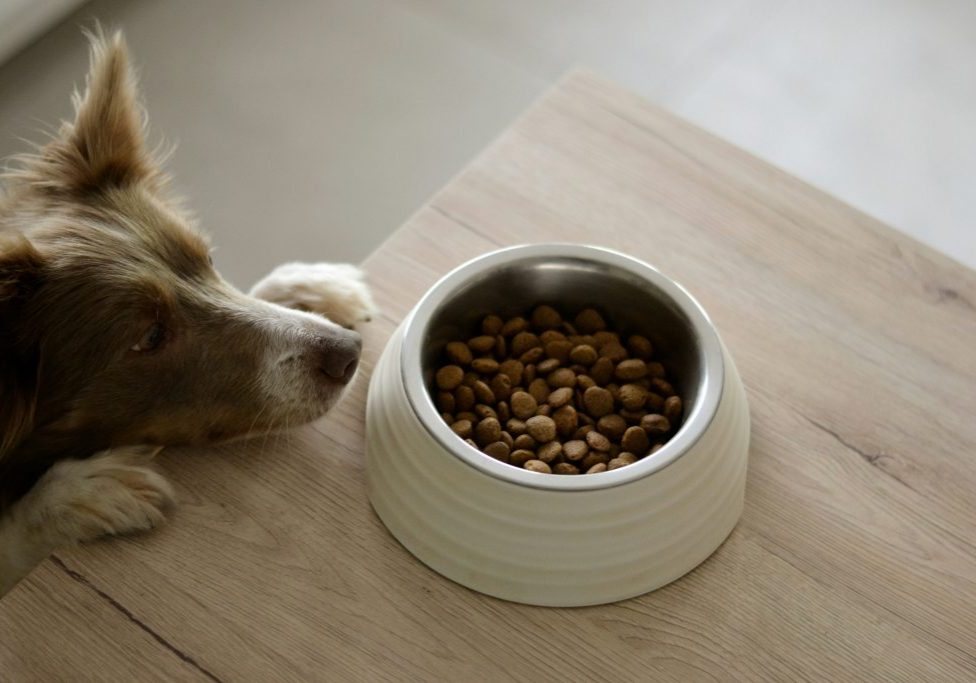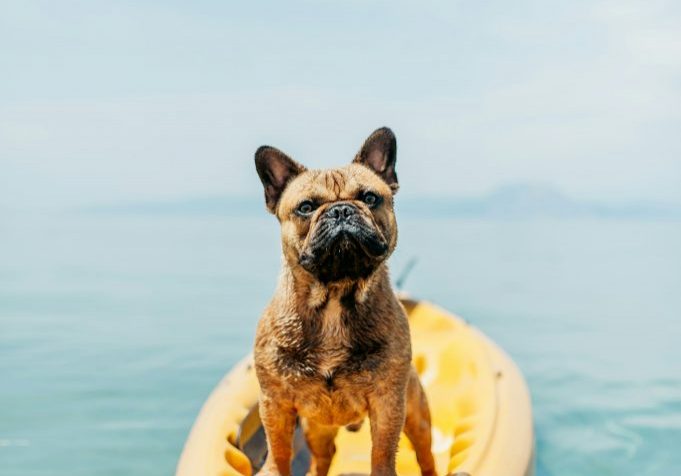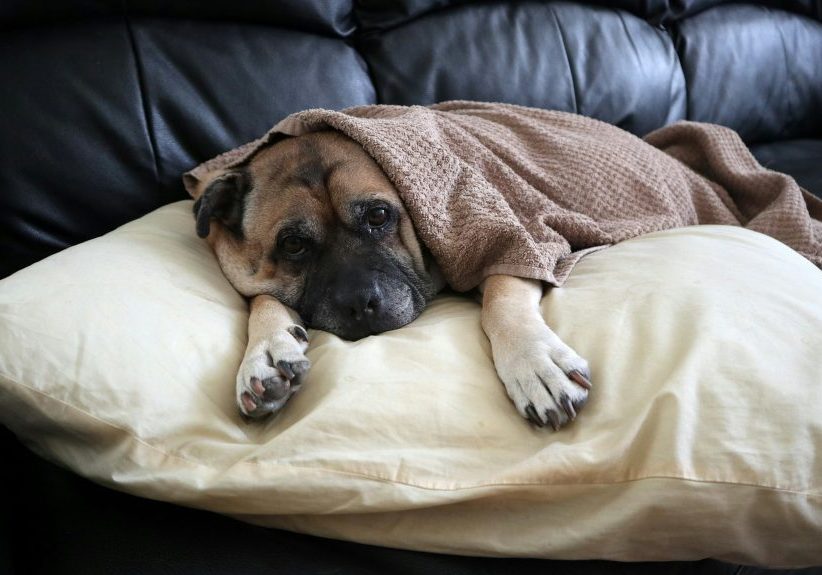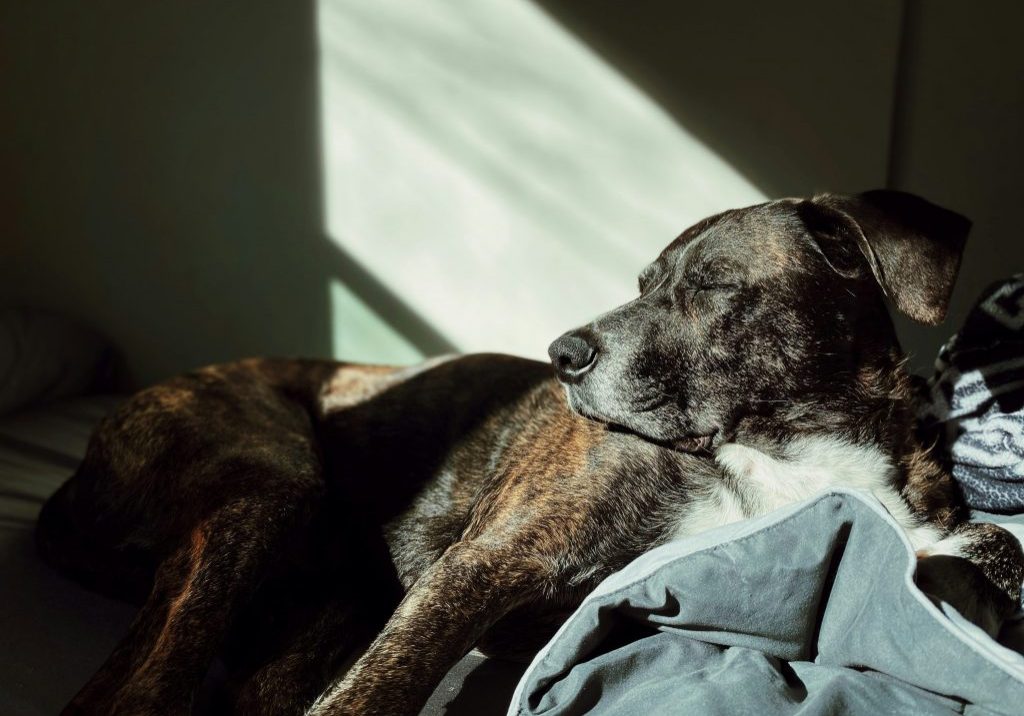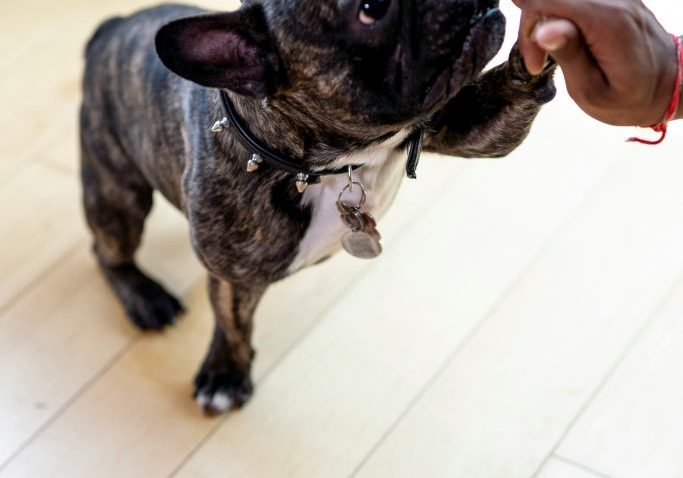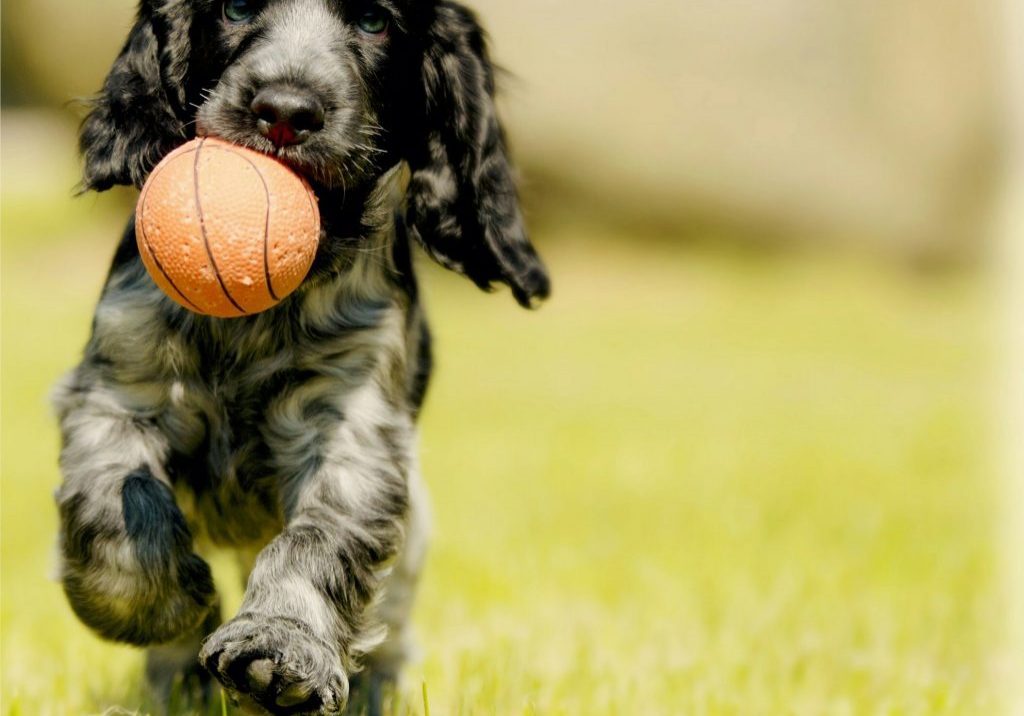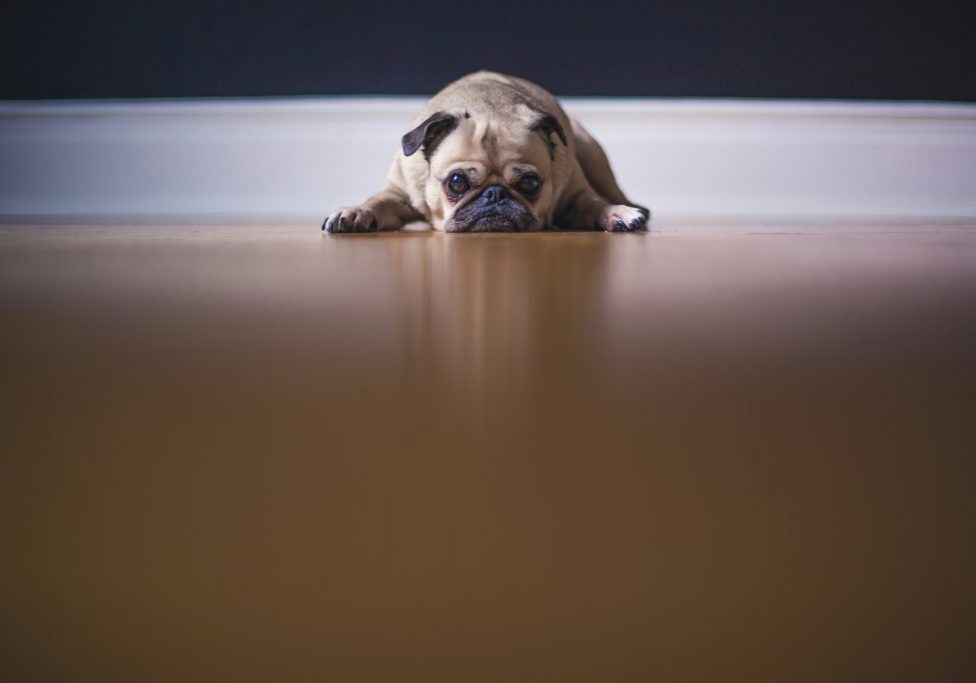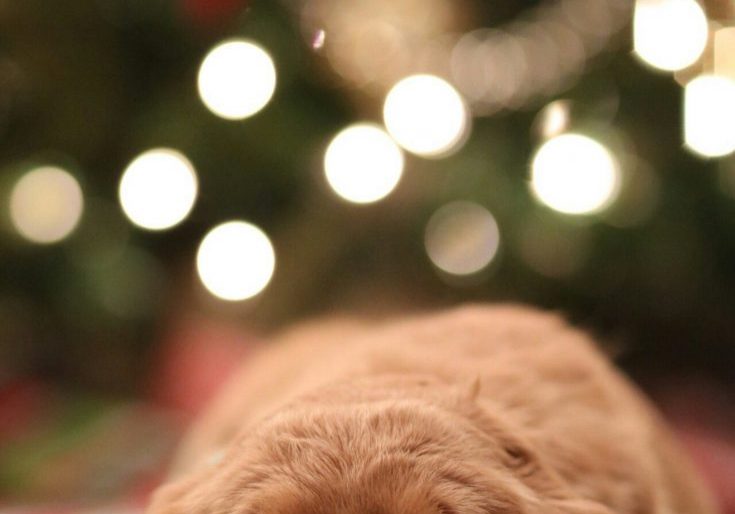Leaving Your Puppy At Home
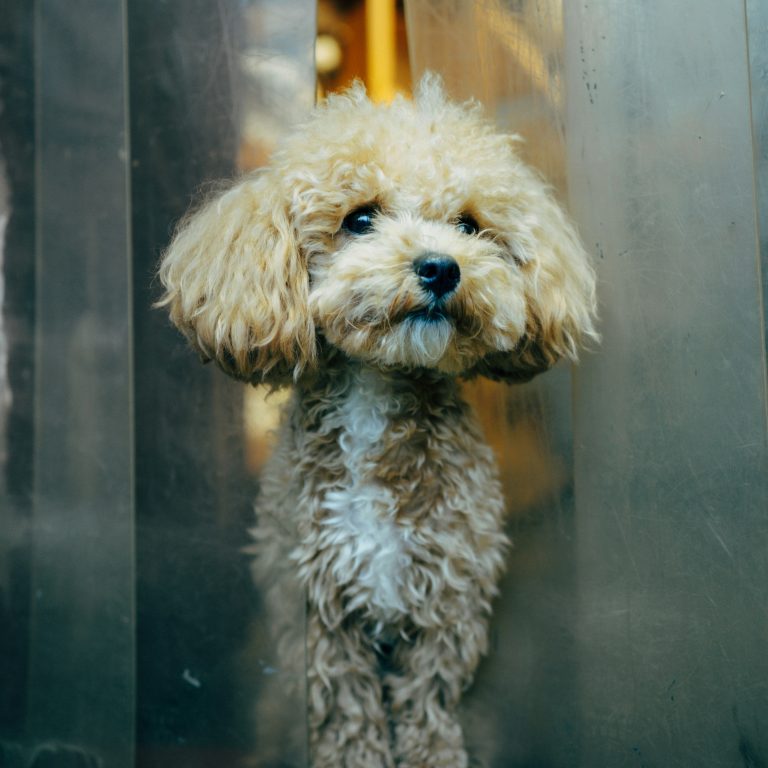
hwllo-sniffer.co.uk/leaving-your-puppy-at-home
December 5, 2024
Sniffer_Admin
Leaving your puppy at home for the first time can feel like an emotional tug-of-war. On one hand, you know it’s important to help them grow accustomed to being alone. On the other, those puppy-dog eyes make you question whether you should even step out the door. But here’s the good news: with the right preparation and mindset, your puppy can learn to feel safe and secure while you’re away.
Let’s walk through how to make this process easier—for both of you.
Why Alone Time Matters
It might sound counterintuitive, but teaching your puppy to enjoy being alone is one of the best things you can do for their emotional well-being. Dogs are naturally social creatures, and puppies are especially prone to separation anxiety if they’re never left by themselves.
Getting your puppy used to short periods of alone time helps them build independence. It also makes life more manageable for you—you can’t be at their side 24/7 (as much as you might want to).
Start Small: Baby Steps Are Key
Your puppy won’t go from needing constant attention to snoozing happily in an empty house overnight. The trick is to introduce alone time gradually.
Start by leaving them in another room for just a minute or two. You might pop into the kitchen or upstairs while they stay in their crate or designated area. Slowly increase the time you’re away, always returning calmly so they don’t associate your comings and goings with a big fuss.
Pro Tip: Avoid sneaking out—this can make them more anxious. Instead, leave confidently and without hesitation.
Create a Safe and Comfortable Space
Where your puppy stays when you’re out matters. Whether it’s a crate, a playpen, or a puppy-proofed room, this area should feel like their personal haven. Add a comfy bed, their favourite toys, and maybe even an item of your clothing for a reassuring scent.
If they’ve already started crate training, the crate can be a great option—it’s their den, after all. But if they’re not ready for that yet, a secure area where they can’t get into trouble works just as well.
Keep Them Entertained
No one likes to feel bored, including your puppy. Leaving them with something to occupy their time is a great way to keep their mind off your absence. Puzzle toys, treat-dispensing balls, or even a frozen Kong stuffed with peanut butter (just make sure it’s dog-safe) can keep them happily engaged.
Just be cautious about leaving anything they might chew up or swallow. Safety first!
Timing Matters
Leaving your puppy alone right after they’ve eaten, played, or gone to the toilet can set them up for success. A tired puppy with a full belly is more likely to settle down for a nap than a restless one bursting with energy.
Plan your outings around their natural rhythms whenever possible—this can help minimise stress for both of you.
Practice Leaving Without Drama
One of the biggest mistakes people make is turning their exits and arrivals into grand events. It’s tempting to shower your puppy with love before you leave and greet them like a long-lost friend when you return. But this can make them more anxious when they’re alone.
Instead, keep your departures low-key. A quick “see you soon” and a pat on the head will do. When you return, wait until they’re calm before giving them attention.
Watch for Signs of Stress
It’s normal for puppies to whine or bark a little when they’re first left alone. But excessive signs of distress—like constant howling, destructive behaviour, or refusing to eat—might indicate separation anxiety.
If you notice these behaviours, it’s a good idea to consult a professional dog trainer or behaviourist for guidance. The sooner you address the issue, the better.
Build Up to Longer Absences
As your puppy becomes more comfortable, you can gradually extend the time they’re left alone. Start with 10 or 15 minutes, then work your way up to an hour or two. Eventually, they’ll be able to handle longer periods without feeling stressed.
For young puppies, it’s best to avoid leaving them for more than a few hours at a time. They’ll need bathroom breaks and some company, so consider enlisting a neighbour, friend, or dog sitter if you need to be out for an extended period.
Technology to the Rescue
If you’re worried about how your puppy is coping, technology can offer some peace of mind. Pet cameras let you check in on them while you’re out, and some even allow you to talk to them or dispense treats remotely.
Just don’t rely too heavily on these gadgets—they’re tools, not substitutes for real training and socialisation.
What About When You’re Back?
When you return home, it’s all about balance. While it’s fine to greet your puppy, don’t make a huge fuss. Act like it’s no big deal that you’re back, and they’ll follow your lead.
Use the time after your return to reinforce their routine—maybe a bathroom break, some playtime, or a short walk. This helps them transition smoothly back into the flow of their day.
Final Thoughts
Leaving your puppy at home doesn’t have to be a stressful experience. By preparing them with gradual alone-time training, creating a safe environment, and maintaining a calm, confident attitude, you’ll help them adjust to your absences with ease.
And remember, puppies are remarkably adaptable. With patience and consistency, they’ll soon learn that being alone isn’t so bad—and you’ll gain the freedom to step out without worry. Everyone wins.
